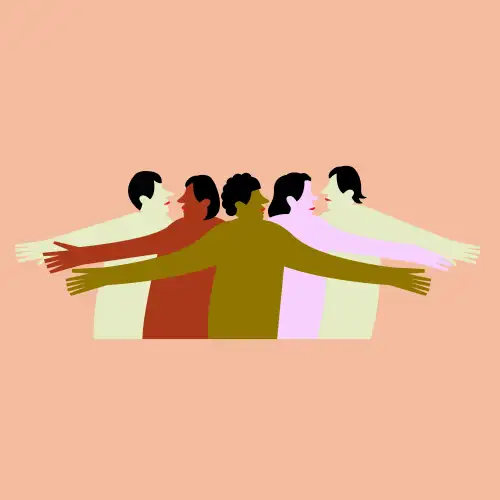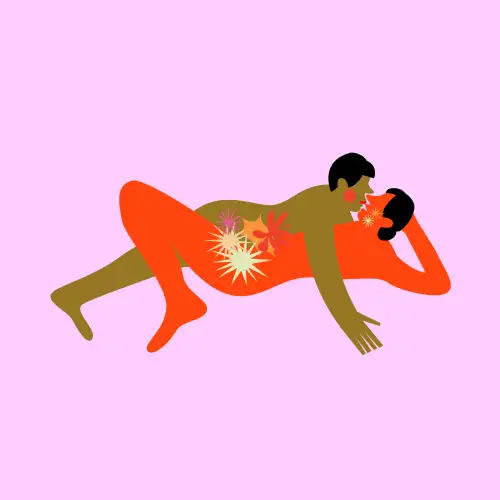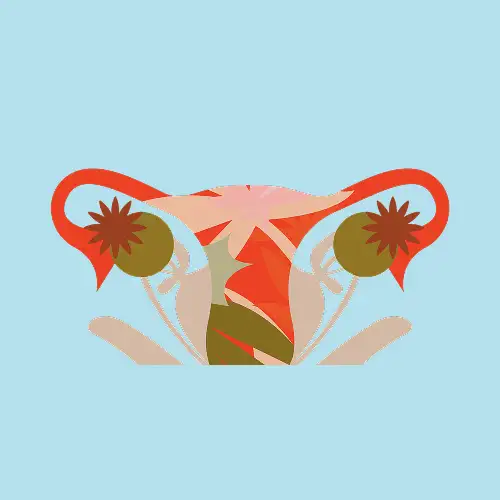et Emmanuel Thibaudeau
The emergence of dual therapies in HIV treatment

The emergence of dual therapies for HIV: a new option to lighten the medication load of treatment
The history of the fight against HIV is marked by countless medical advances that have transformed this once-fatal disease into a manageable condition.
The early days of the HIV pandemic were marked by despair, as there was no effective treatment against the virus. The 1980s saw the first experiments with drugs, but their effectiveness was limited. The antiretroviral (ARV) treatments of that era played a crucial role in extending the lives of people living with HIV, but their use was hampered by significant toxicity and severe side effects.
The era of triple therapies
Everything changed in 1996 with the introduction of triple therapies. To prevent the virus from acquiring resistance to the ongoing treatment, it was necessary to combine three ARV drugs. These combinations revolutionized HIV management by effectively suppressing the viral load, restoring the immune system, and improving the quality of life for patients. Triple therapies remain crucial in the fight against HIV by preventing genetic mutations of the virus, thus ensuring their effectiveness.
Over the years, treatments have improved in terms of efficacy and dosing simplicity.
The emergence of dual therapies
Today, dual therapies for HIV are finally emerging as valid options for certain patients wishing to lighten their medication load while maintaining effective control of the virus.
Current ARVs are more effective, more resistant to virus mutations, and can be administered in a combination of two drugs instead of three. These dual therapies offer several potential advantages:
- Reduction in the number of medications: By using two effective ARV drugs, dual therapies significantly simplify the dosing regimen by requiring one less medication to control HIV.
- Tolerance and side effects: For some patients, dual therapies may be better tolerated, as reducing the number of drugs can decrease the risk of unwanted side effects.
- Cost: Dual therapies could also present an economic advantage by reducing the overall costs of treatment, although this can vary depending on the specific drugs used.
Considerations on the safety of recent dual therapies
The safety of new dual therapies for HIV has been the subject of numerous studies. It is essential to note that not all combinations of two ARVs are equivalent. Only certain drug combinations are approved as complete antiretroviral treatments.
Although dual therapies are generally considered safe, they are not suitable for all patients. The main factors to consider when choosing the optimal therapy include:
- Viral resistance: Some patients may have resistance to certain drugs, which can reduce the effectiveness of dual therapies.
- Preferences and choices of the person being treated: Individual preferences, taking into account tolerance and impacts on quality of life, must be considered. For example, some dual therapies are administered by injection every two months, thus eliminating the constraint associated with daily pill-taking.
- Possibility of drug interactions and side effects. Research on ARVs continues to advance, offering hope for a future where HIV will have an increasingly limited impact on the quality of life of those affected.
Come talk to us
If you have questions about dual therapies or would like to know if they might be suitable for you, we invite you to speak with one of our pharmacists. They will be happy to discuss the latest therapeutic advances and help you determine the most appropriate path for your treatment.
























